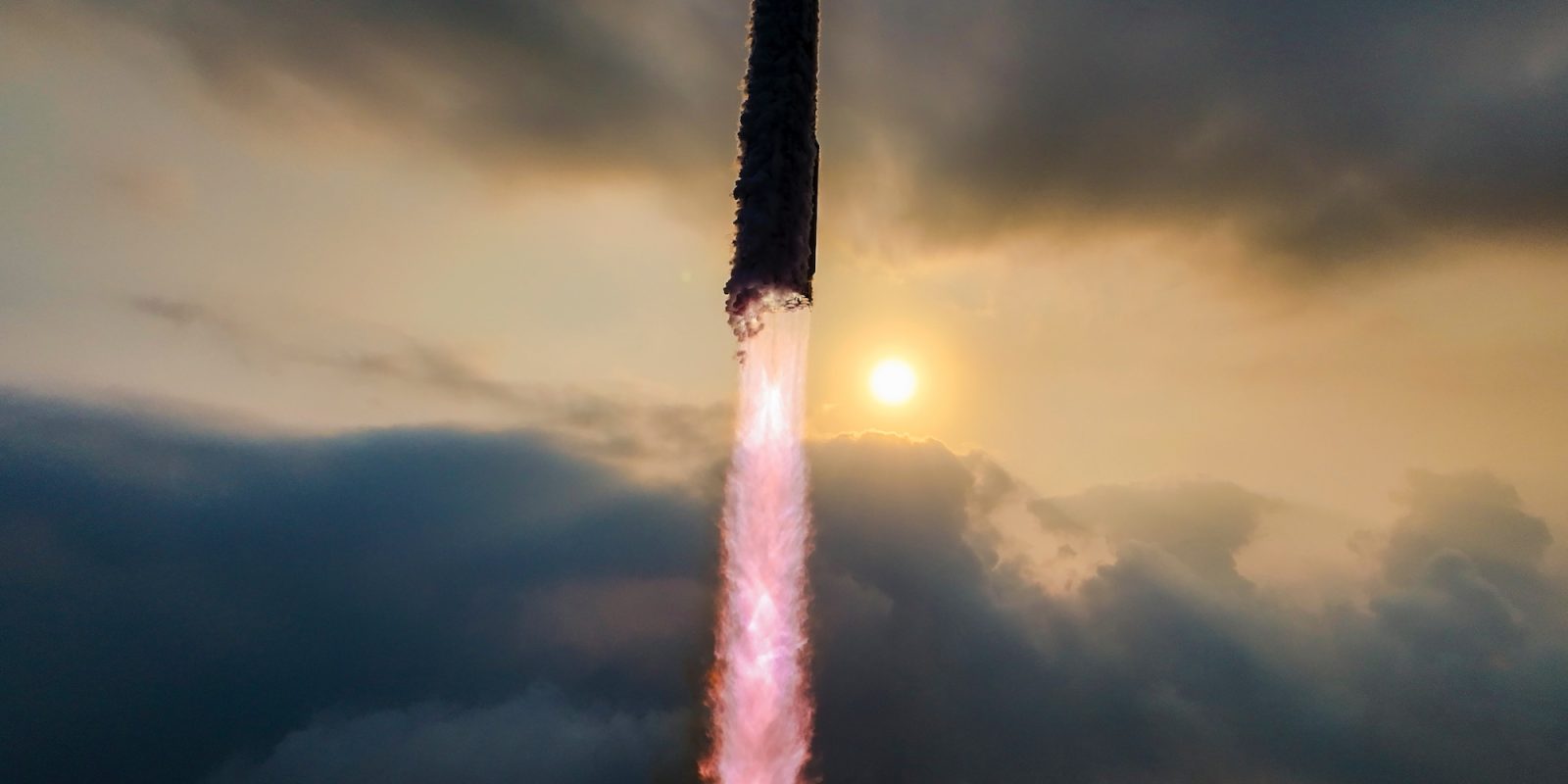
SpaceX recovered at least the booster engine section of its most recent Starship flight, per a photo shared by Elon Musk on X. The flight was an overall success for the company, but they are still far away from getting to where they need to be.
In June, SpaceX launched its fourth fully integrated Starship rocket from its launch pad in Starbase, Texas. Its goal was to improve on Flight 3, which saw both the booster and upper stage fail to achieve controlled splashdowns in their respective bodies of water.
Flight 4 saw this through, with the booster demonstrating a simulated catch on the launch tower before splashing down in the Gulf of Mexico. For the Starship upper stage, the vehicle managed to make it to space again with better attitude control, which led to a successful reentry and Indian Ocean splashdown.
Despite extensive damage to its flaps, the upper stage performed a nearly picture-perfect reentry and splashdown.
The booster engine section from Flight 4 was recovered by SpaceX. It shows signs of a potential “rapid unscheduled disassembly” from falling over into the body of water. However, these engines will be able to provide great data on how the Raptor engines performed during flight. At least the engines that are coming back.
For SpaceX, it is now on to getting Flight 5 ready to launch. The company hopes to complete its first catch of the booster using the “chopsticks” on the orbital launch tower. This will be another major milestone for SpaceX as it will now be capable of reusing boosters on future launches.
The company has run into regulatory problems in getting Flight 5 off the pad. Because it is using a different trajectory than Flight 4, it can’t reuse that mission’s launch license. The FAA is working through its license approval with consultations with both the U.S. Fish and Wildlife Service and the National Marine Fisheries Service. These consultations could last until the end of November, but can also extend into the new year if needed.
While SpaceX strongly claims its launches, and the infrastructure it has built to support them, cause no damage to the surrounding ecosystem, the FAA continues to check every box, which is taking longer than SpaceX wants it to.
FTC: We use income earning auto affiliate links. More.




Comments